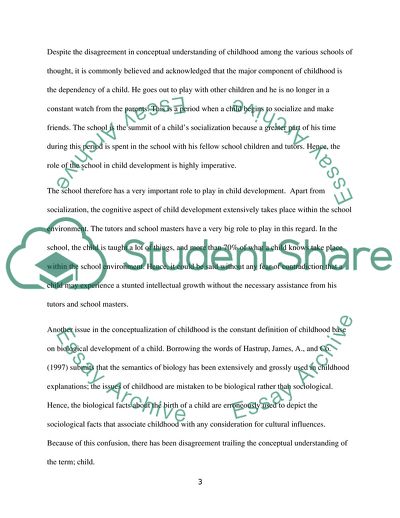Cite this document
(Childhood, Youth, and Education Report Example | Topics and Well Written Essays - 2000 words, n.d.)
Childhood, Youth, and Education Report Example | Topics and Well Written Essays - 2000 words. https://studentshare.org/education/1791980-childhood-youth-education
Childhood, Youth, and Education Report Example | Topics and Well Written Essays - 2000 words. https://studentshare.org/education/1791980-childhood-youth-education
(Childhood, Youth, and Education Report Example | Topics and Well Written Essays - 2000 Words)
Childhood, Youth, and Education Report Example | Topics and Well Written Essays - 2000 Words. https://studentshare.org/education/1791980-childhood-youth-education.
Childhood, Youth, and Education Report Example | Topics and Well Written Essays - 2000 Words. https://studentshare.org/education/1791980-childhood-youth-education.
“Childhood, Youth, and Education Report Example | Topics and Well Written Essays - 2000 Words”. https://studentshare.org/education/1791980-childhood-youth-education.


